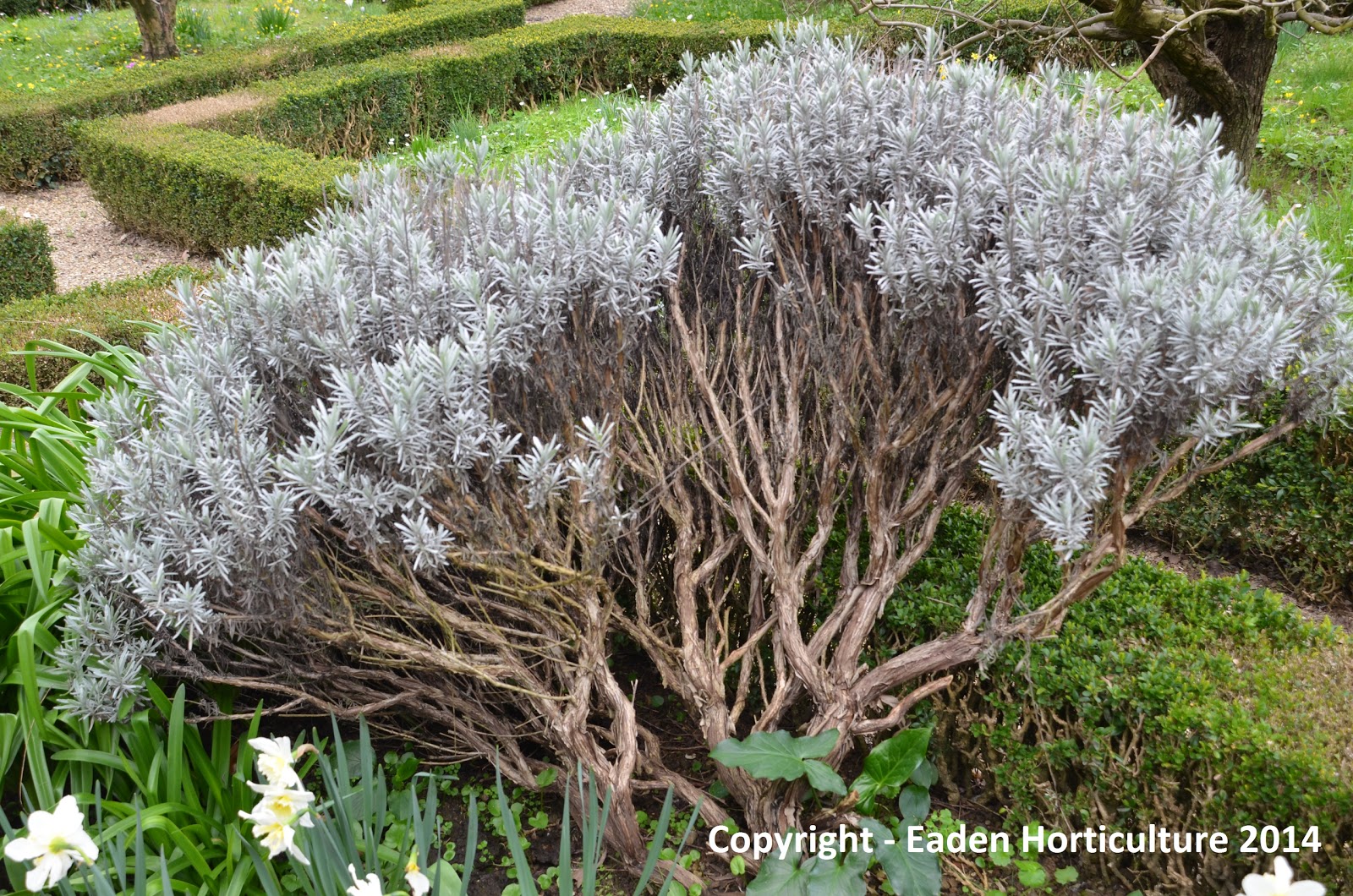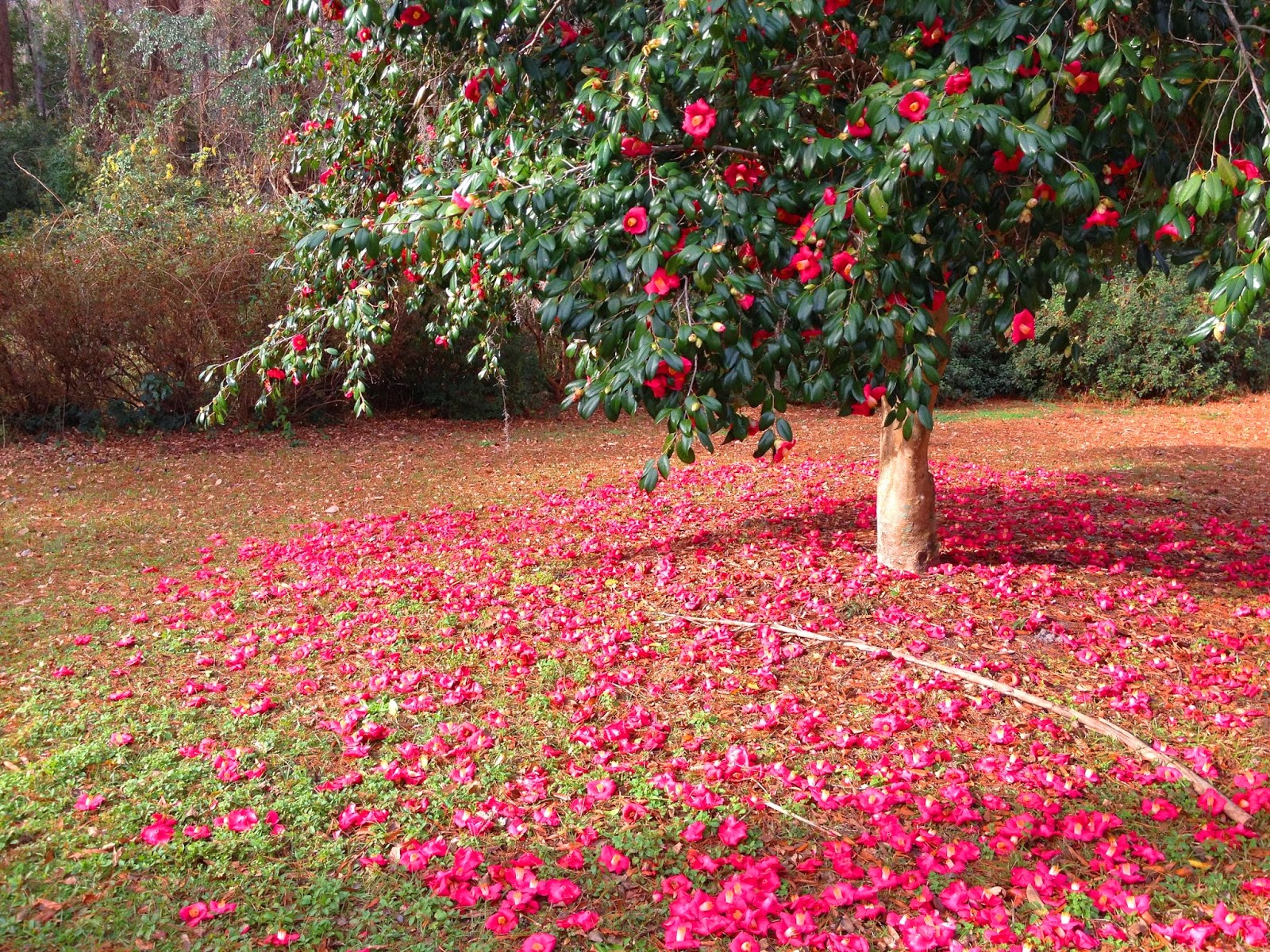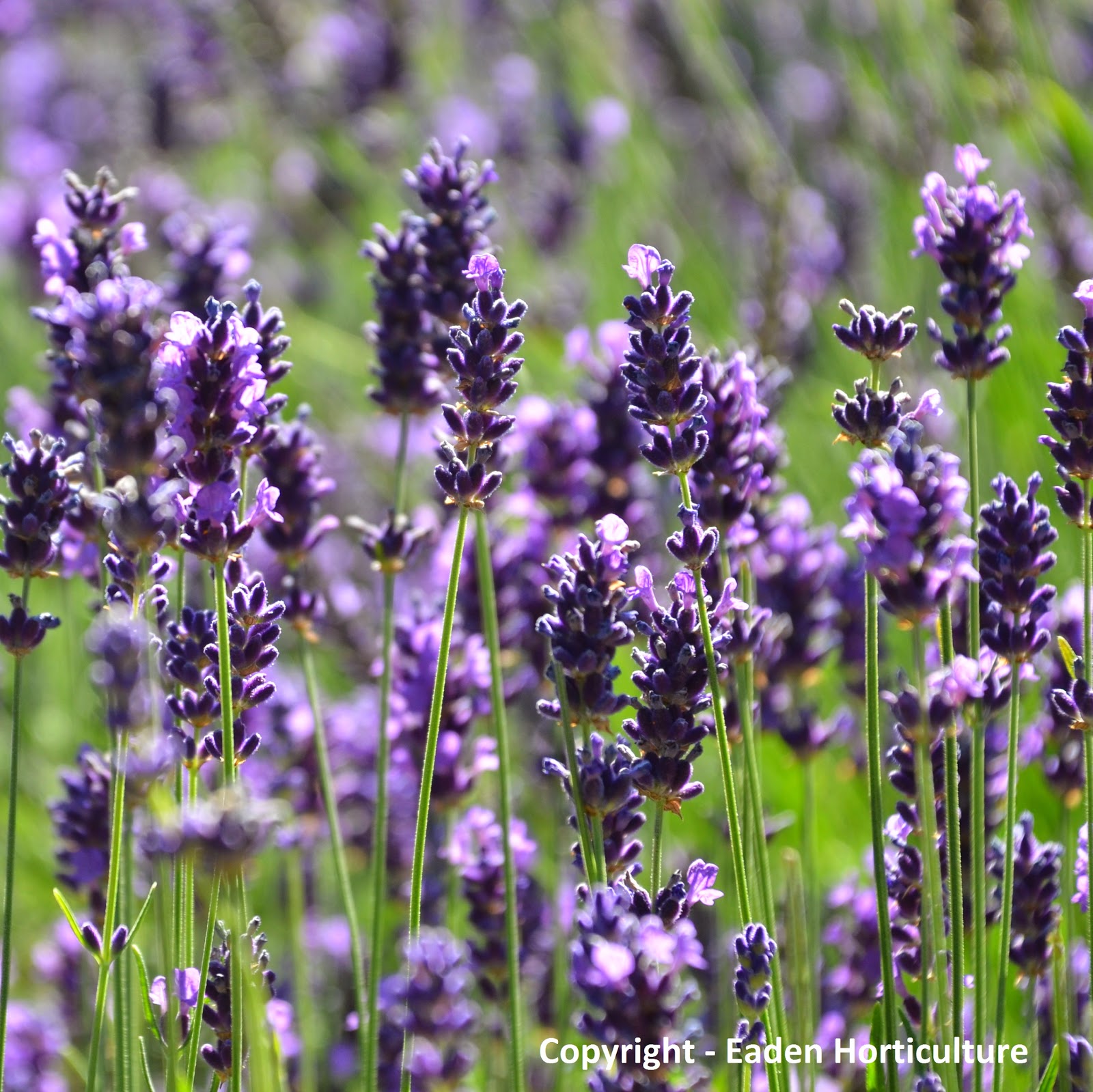 |
| How to grow marigolds from seed - //www.peacegallerychallenge.org/ |
Marigolds flowers are like a little drops of sunshine, and so its no wonder they are such a perennially popular bedding plant. Native to North and South America the popular bedding marigolds, namely cultivars of African and French marigold, are both from the genus Tagetes which makes them a member of the sunflower family.
The common name marigold is a corruption of Mary's Gold, Mary being the Virgin Mary, however this is name was more originally applied to the European native Calendula officinalis - the English Marigold.
However the confusion with the common names doesn't stop there. Unsurprisingly, African marigolds - Tagetes erecta are not from Africa and are actually from Mexico, and while French marigolds are varieties that were developed in France these hybrids and cultivars were developed from Tagetes patula, another native to the Americas.
Luckily, growing marigolds from seed couldn't be easier and you can even grow your own seed collected from last seasons plants. Sow marigolds any time from February until April, but this will need to be under protection as late frosts will easily destroy emerging seedlings.
First fill a modular seed tray using a good quality compost such as John Innes 'Seed and Cutting', then sow one seed on the surface of each module. Give them a thin covering of compost (approximately 1/8 inch deep) and then gently water in. There is no need to place the tray in a propagator as marigold seeds germinate quickly. Place the tray on a warm, bright windowsill but out of direct sunlight. If you are germinating in a greenhouse then they will need temperatures of between 21-24 degrees Celsius. You can expect the seedlings to emerge in 5-10 days.
When the seedlings are large enough to handle, transplant each one into a 3 inch pot. They can then be grown on in a cooler, but frost free conditions. Once the threat of late frosts have passed they can be planted into their final position.
Marigolds will grow well in any well-cultivated soil and will even tolerate poor, rather dry soils. They prefer an open sunny site and while deadheading isn't essential it will help to improve growth and flower size.
Did you know?
Marigolds are used as a 'Flower of the Dead' in Mexico, and even though the it is used in a lot of floral bouquets and arrangements it actually represents grief, cruelty, and jealousy.
The flower petals are edible and can be used in lettuce salads and other foods to add colour and flavour.
For related articles click onto the following links:
HOW TO GROW ANTIRRHINUMS FROM SEED
HOW TO GROW BRACHYSCOME
How to Grow Marigolds from Seed
 |
| Marigold botanical illustration |
However the confusion with the common names doesn't stop there. Unsurprisingly, African marigolds - Tagetes erecta are not from Africa and are actually from Mexico, and while French marigolds are varieties that were developed in France these hybrids and cultivars were developed from Tagetes patula, another native to the Americas.
Luckily, growing marigolds from seed couldn't be easier and you can even grow your own seed collected from last seasons plants. Sow marigolds any time from February until April, but this will need to be under protection as late frosts will easily destroy emerging seedlings.
First fill a modular seed tray using a good quality compost such as John Innes 'Seed and Cutting', then sow one seed on the surface of each module. Give them a thin covering of compost (approximately 1/8 inch deep) and then gently water in. There is no need to place the tray in a propagator as marigold seeds germinate quickly. Place the tray on a warm, bright windowsill but out of direct sunlight. If you are germinating in a greenhouse then they will need temperatures of between 21-24 degrees Celsius. You can expect the seedlings to emerge in 5-10 days.
 |
| Marigold seedlings - http://forksknivesandspades.blogspot.co.uk/ |
Marigolds will grow well in any well-cultivated soil and will even tolerate poor, rather dry soils. They prefer an open sunny site and while deadheading isn't essential it will help to improve growth and flower size.
Did you know?
Marigolds are used as a 'Flower of the Dead' in Mexico, and even though the it is used in a lot of floral bouquets and arrangements it actually represents grief, cruelty, and jealousy.
The flower petals are edible and can be used in lettuce salads and other foods to add colour and flavour.
For related articles click onto the following links:
HOW TO GROW ANTIRRHINUMS FROM SEED
HOW TO GROW BRACHYSCOME
How to Grow Marigolds from Seed































.jpg)














